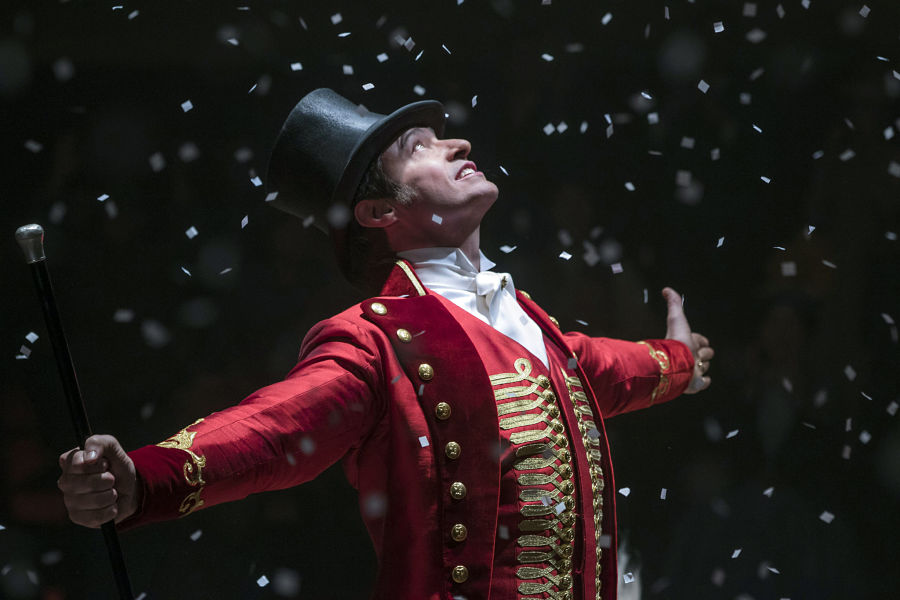Those who love the theatre, especially those who’ve loved it a long time, know that old lost-cause feeling—the sneaking suspicion that they’ve hitched their wagon to the wrong horse and the world is passing them, and their beloved art form, by. At least, speaking for myself, I’ve lived with that sense of shrinking ground—a constant fading of something that was a shining beacon long before, just before, or possibly at the very beginning of my own experience of it—for so long that it’s like an old friend I greet the way Lead Belly once saluted his own métier: Good morning, blues; blues, how do you do?
Theatre, after all, is the great invalid, the ever-dying live art, right? It used to be central to the popular culture as well as to so-called “high” culture. It once entertained the tired businessman, and also somehow managed to stir hearts and minds with piercing social critique. Eugene O’Neill made the cover of Time four times in his career! How will we ever get back to that halcyon age, which was—well, when was it, exactly?
Was it in the 1950s through the ’70s, the time brought to vivid, sinuous life by the new FX series “Fosse/Verdon”—an age when the traffic between Hollywood and Broadway was invigoratingly reciprocal, and a contemporary song-and-dance canon was forged? Gosh, too bad no one remembers those glory days. Or was it at the time of our nation’s founding, which in different ways provides the subject of two of Broadway’s hottest tickets, Hamilton and What the Constitution Means to Me? Might it have been the age of P.T. Barnum, the subject of the 2017 film musical phenom The Greatest Showman? Or remember the time the Civil Rights-era parable To Kill a Mockingbird became a box-office-shattering hit?
You get the idea: This is our vibrant theatrical present as much it is our storied past. We seem in little danger of seeing our stages, or our theatre seats or our stage doors, abandoned any time soon. Indeed, in its human scale and place-and-time-bound specificity, theatre is the art form most likely to seem always on the verge of falling apart, yet also the one most built to last. It is always in need of revival by a new group or generation of fired-up artists and audiences; it is also always capable of such a resuscitation.
I still remember (and often cite) a comment I heard back in the ’90s from the late Robert Schlosser, then audience development director at L.A.’s Center Theatre Group, when he heard a conversation turn to the routine lament of the “graying of the audience.” With a laugh, he said he’d been hearing the same concern since the beginning of his time in the theatre. Doing the math, his career span combined with mine represents roughly half a century. In that time our field has not only grown and changed but somehow found audiences—graying and otherwise—to sustain it, support it, and challenge it to do more and better.
It may be a stretch to say that the theatre is “winning” culturally. But neither has it lost ground. We might reconsider the paradoxically enduring fatalism that would second-guess theatre’s undeniable triumphs, to look always for the silver lining’s cloud. (Will all the playwrights lured away by film and TV ever “come back” to the theatre? A. Yes, in fact, as for many of them TV jobs are what subsidize their playwriting, and B. Maybe this is the wrong way to see it? Maybe it’s good news that other mediums are benefiting from an infusion of theatre-quality storytelling?)
As David Byrne once sang, “Home is where I want to be, but I guess I’m already there.”


